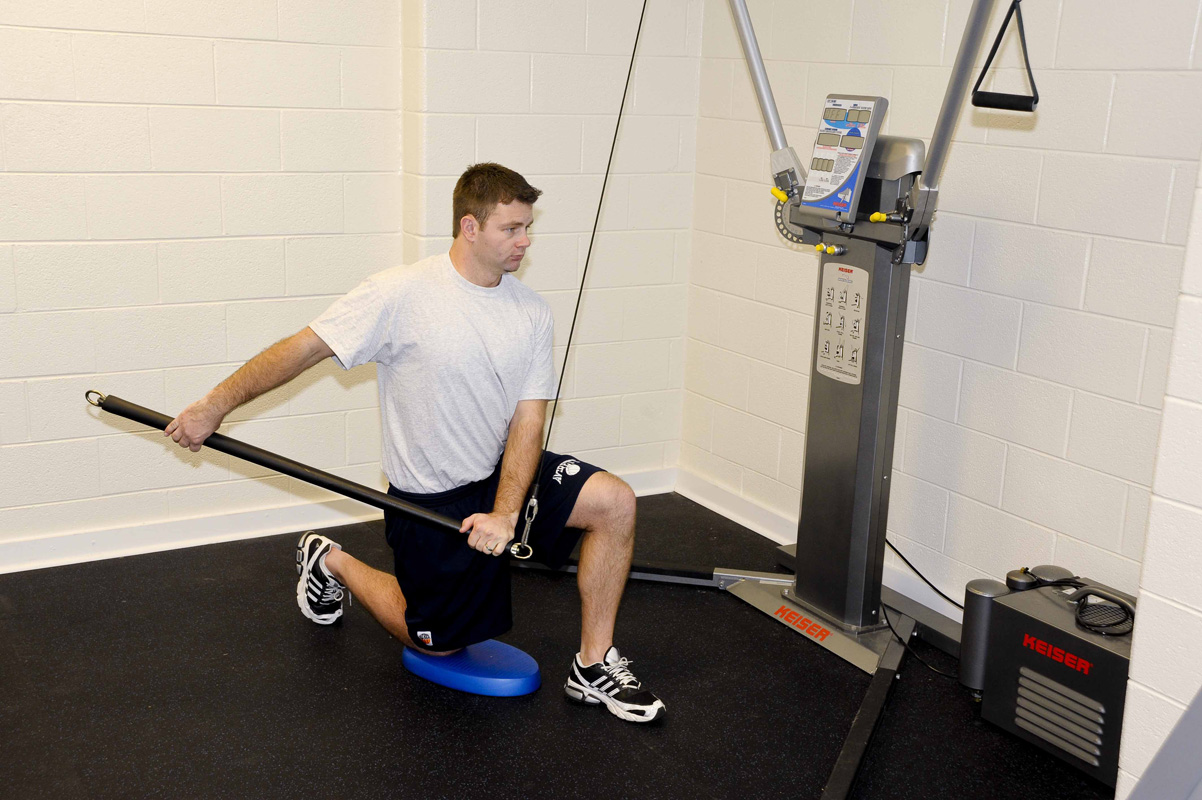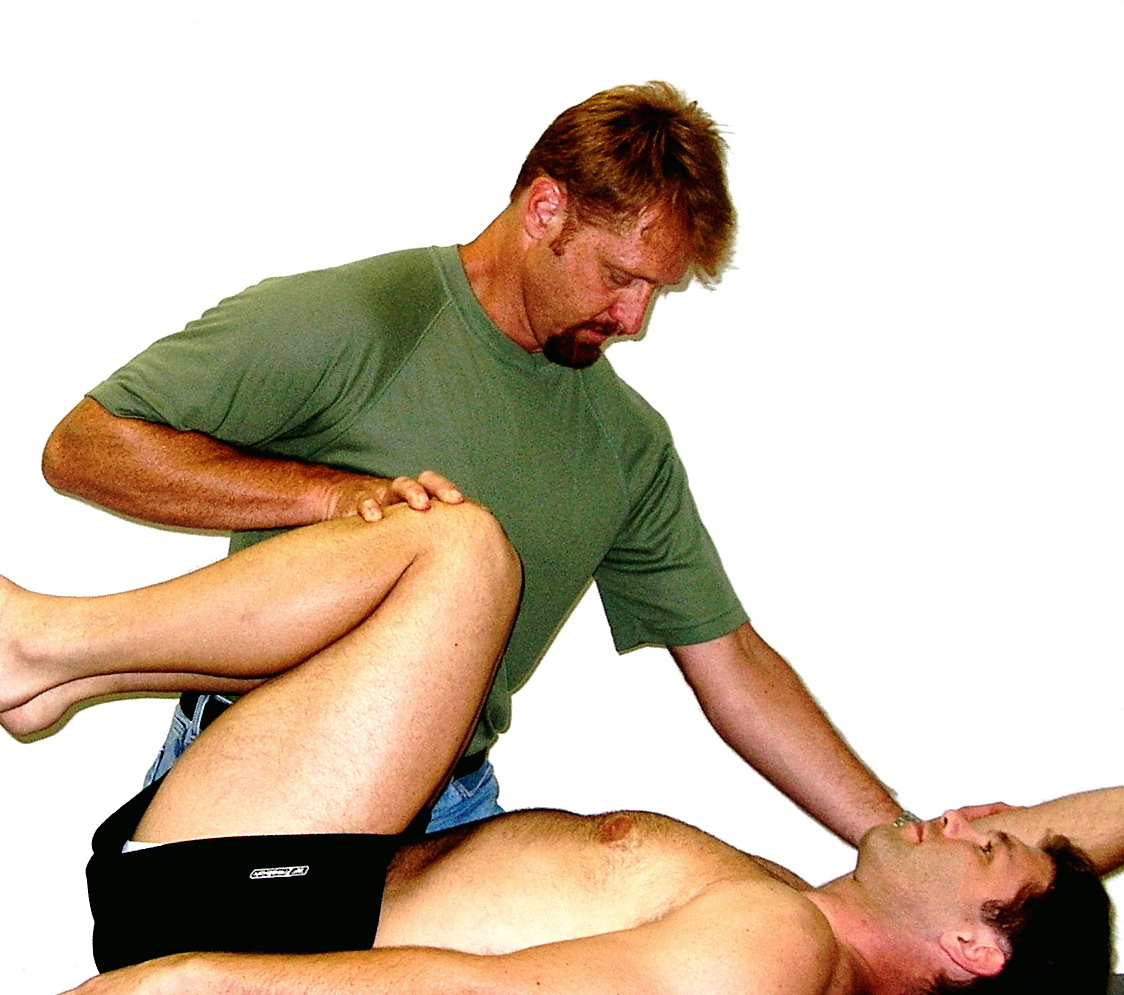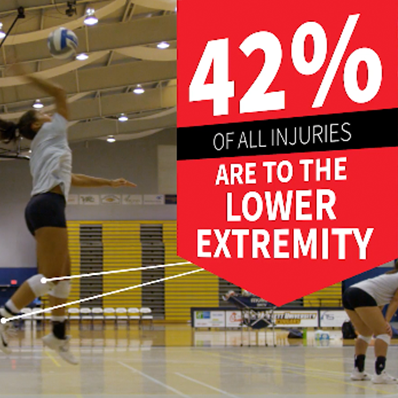Balanced Body Series- Part 4 The Chop... for Power
Written by Gray Cook FMS
BALANCED BODY SERIES
THE CHOP... for power
Power is the seamless combination of speed and strength (work divided by time). Strength is the combination of stability and force production. Hopefully, you can see how working on the chop and lift have provided a base of stability and force production. Consistent training with the chop and lift exercises will create three dimensional functional strength gains. These gains can be converted to power by learning to move in a fast and fluid manner across your body. Let me review for a minute the evolution of the chop and lift program for you. First, I introduced the chop and lift with the cable bar which provided a solid base of core stability and symmetry (article 1). The leverage provided by the cable bar helped identify problems between the left and right movement patterns in tall kneeling and half kneeling positions. Then I added the chop and lift with a rope or flexible handle to add grip, forearm, wrist, and shoulder strength to the patterns (article 2). This provided added opportunity for the left to right chop and lift pattern comparisons. Then I introduced the chop and lift with tubing which allowed faster movement than with conventional weight training equipment (article 3). Now I want to tell you about an even faster way to perform the chop pattern with the addition of a medicine ball. The lift can also be done with a medicine ball but the chop will accomplish most of the power gains and is a safer and less complicated movement.
The modern medicine ball is used widely today in gyms and athletic conditioning facilities worldwide. The modern medicine ball bounces and can be over inflated and under inflated to add complexity to your programs. As you read further, you will understand why this is so important. Used correctly, it can add power to your fitness and athleticism, but you must have a solid base and competency with the chop and lift. One exercise in particular is the tubing chop with a stick or club, which teaches you to not over rotate your hip. I discussed the benefit of this exercise in my last article “Chop and Lift.... anywhere” (article 3).
The medicine ball chop should be tested before it is trained. The test is simple and can give you great feedback about your power. The medicine ball chop pass should be checked in both tall and half kneeling positions to both the left and right sides. The path you will throw the ball is downward and across the body with a bounce close to the body (with in 12-20 inches). If you are less than 150 pounds, a 1 to 3 kilogram medicine ball will do well (about 2 to 6 pounds). If you are over 150 pounds, a 4 to 6 kilogram medicine ball will do well (8 to 12 pounds). The medicine ball should be able to bounce and also be inflatable. Most inflatable medicine balls will have a stem that will allow you to adjust air pressure like you would for a basketball or soccer ball. For testing, you should have a standard ball and consistent pressure to have a fully reproducible test. Keeping a standard ball for testing is a good idea.
You can do the initial test a few different ways. One way is to get into an open area with a firm or hard surface and perform a chop bounce pass to the left and right 3 times each from half kneeling and tall kneeling positions. Mark and measure the distance the ball travels in the air after the first bounce, to the spot from where it was thrown. Look for left to right differences greater than 10 percent. If the greatest difference is observed in tall kneeling position, then work on the weaker side in that position. If the greatest difference is observed in half kneeling position, then work on the weaker side in that position. If a significant difference is not seen, than alternate your workout between tall kneeling and half kneeling throws equally to the right and left.
Testing can be performed without a partner. All you need to do is set up a throw against a concrete or block wall. The angle of the throw should be steep in order to bounce the ball close to your body. The intention of this is to get the highest bounce possible. If the ball bounces too much or is out of control, remove air so the ball will have a flat, lifeless bounce. Begin in a position approximately 10 feet from the wall with the wall at your side. Bounce the ball so it will hit the floor or ground much closer to you than the wall. The ball should bounce about the same height as your head with a hard throw, so adjust the air in the ball if needed. The ball will bounce and hit the wall and come back to you. Note how the ball returns to you and compare the left and right throws from the tall or half kneeling positions. If you have a notable difference between the way the ball returns between right and left side, then that is indicative of an asymmetry in power. A simple calculation can tell you if your difference in distance between right and left throws is greater than 10 percent. When you note a significant left to right difference train the weaker side with more sets. I always suggest one set on the strong side but no more than that. The one set on the strong side will help you to see and feel the the difference between your sides. Perform 3 or more sets on the weaker side 3 times a week for at least 2-3 weeks before you retest.
As you might have guessed, you can train the chop bounce pass with a partner or against a wall. You want to train with 3 to 5 reps of explosive movement. Maintain your posture and balance and move your hips as little as possible. Performed correctly the chop pass will look like a total arm activity but it is not. The move requires a strong and stable base created by good hip extension and solid core. Use the grip and breath control you learned in article 2 to help improve your power. Grip the ball hard and pressurize your core and feel the difference in your power. You can make the medicine ball activity your total workout or follow a chop and lift cable or tubing workout with some medicine ball activity. Never train the medicine ball chop pass if you are fatigued from a heavy or high intensity work out. The chop bounce pass requires quick hands, good coordination, great balance, and stable core. One or two sets of chops and lifts is all it should take to warm you up for a few sets of low repetition, high intensity, chop bounce passes. You can also use the medicine ball as your warm up. By facing the wall in tall or half kneeing, you can do a quick hands drill that will get you ready for the max power chop throws to the left and right side. Face the wall and throw a bounce pass to the wall in front of you. You can make the throw from directly over head which will bounce back to the same place. The bounce should go floor to wall and back to you. Adjust your distance or medicine ball air pressure if needed. If you want to get more technical then make your throw from over one shoulder to a point on the floor and wall directly in front of you. This will create a bounce toward your opposite shoulder, which may require some practice but is a great way to loosen the shoulders and improve your rotation stability and mobility.
If you want to take the chop bounce pass workout to the next level, then you need to follow the same testing and training format as above while in a hover position. The hover position can only be performed from half kneeling and requires you to hold stable posture in the half kneeling position with the lower knee a few inches off of the floor or ground. You will not have much endurance to hold this position but with practice it will improve. Use your core, not your quads, to hold yourself up. Note differences between the left and right side when you test in this position. When you workout, you can mix your exercises by doing a hover on the first set and a basic knee down throws on the next few sets.
“TRAIN SMARTER - NOT HARDER”
Once you get good with the medicine ball workout, you will only need 1 session a week to maintain your power. As you get better, let air out of the ball. It is human nature to want to exercise with a heavier ball but remember that when force goes up speed goes down. Resist the urge to get a bigger ball and let more air out of the ball you have. You will quickly realize that you need to throw harder and faster to get the same bounce and result. This will force you to reach for more power, and if you have done your work, you will find it. This will improve your acceleration and deceleration abilities. You will learn to start your body and quickly stop your body and put all your energy into the ball. The medicine ball will teach you crispness and efficiency of movement. These exercises look nothing like other exercises or sports moves but realize they’re utilized to; strengthen, test, tune and power up the same engine. Our ‘Advanced Movement Screening DVD and CD-rom set has an entire section devoted to medicine ball training. My book ‘Athletic Body in Balance’ also offers tests and training ideas with the medicine ball.
Related Resources
-
Manage Your Minimums
Posted by Gray Cook





